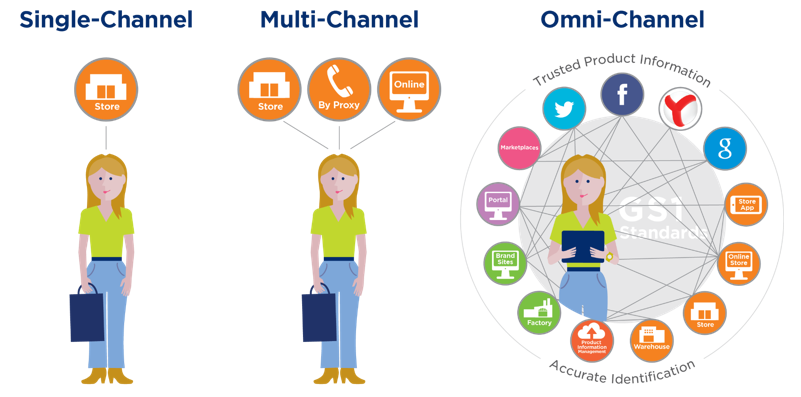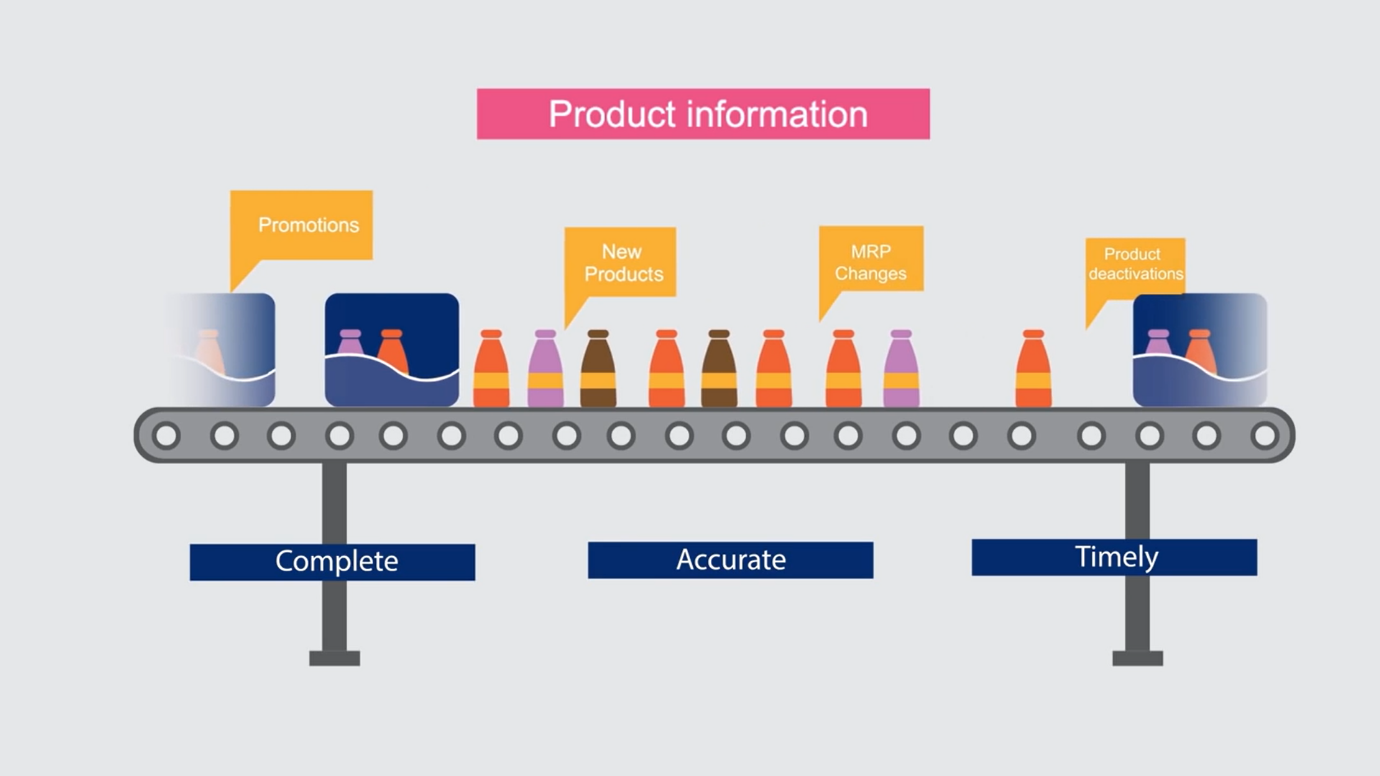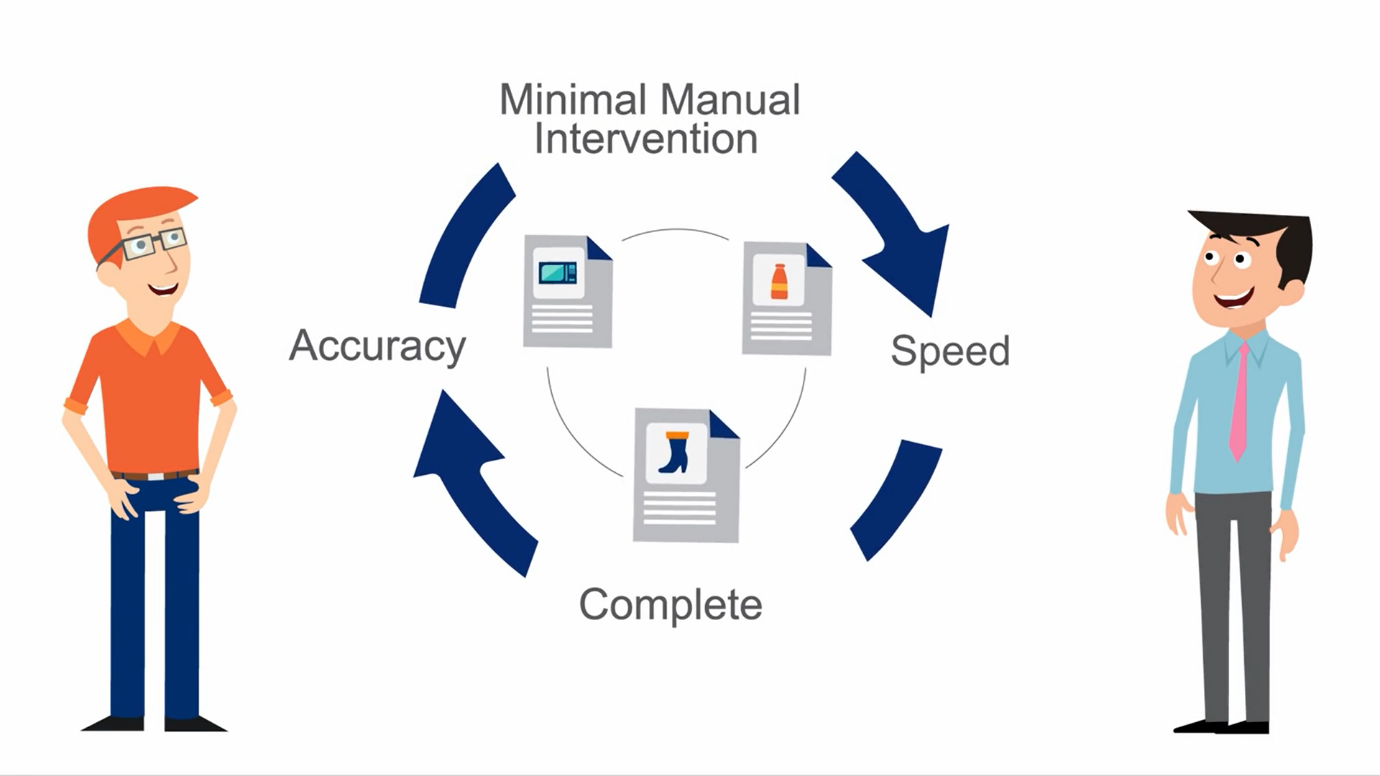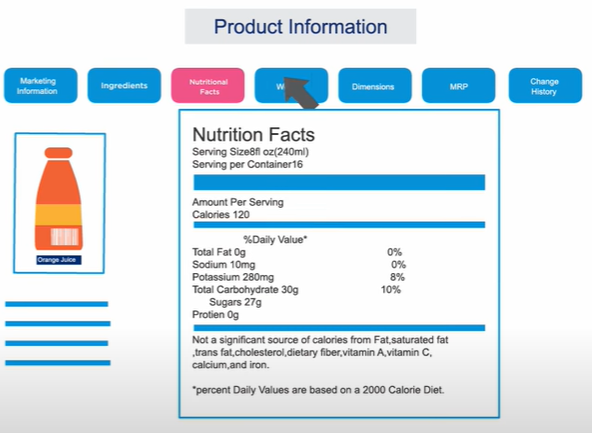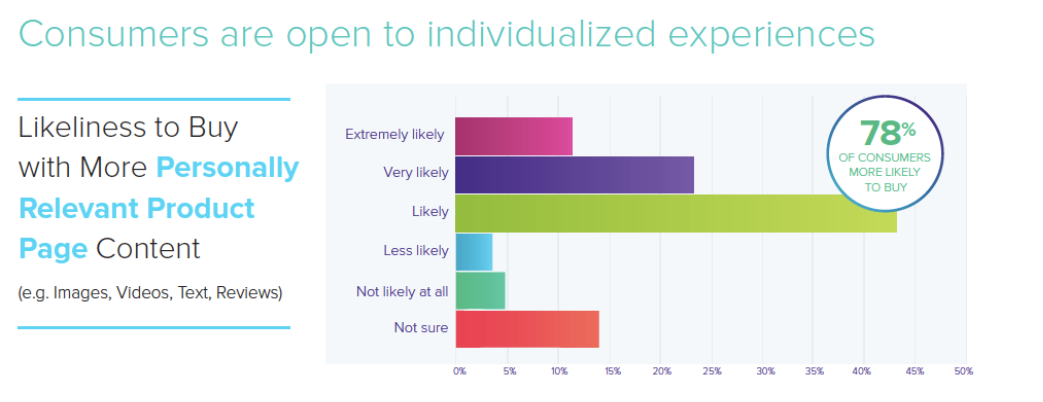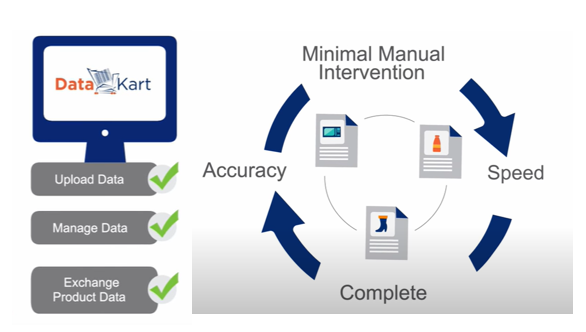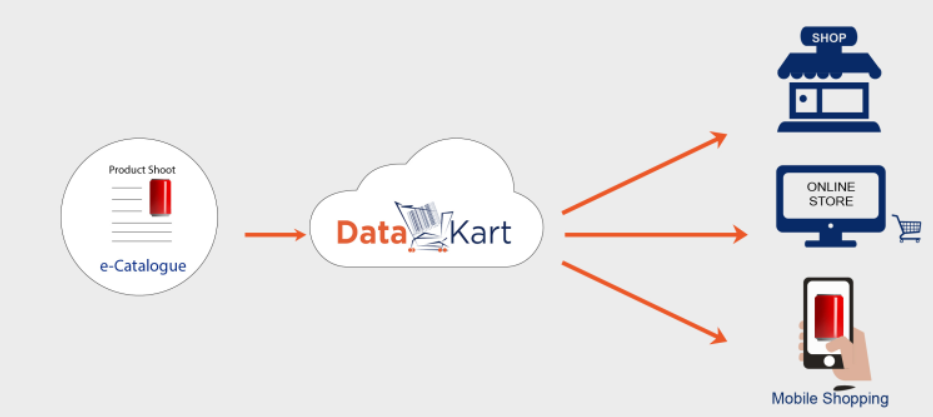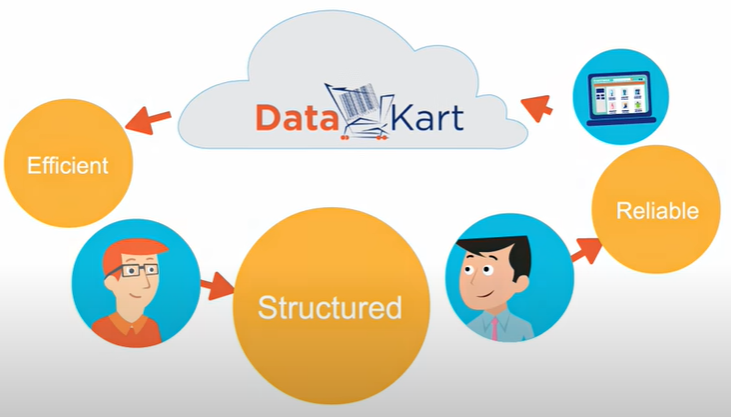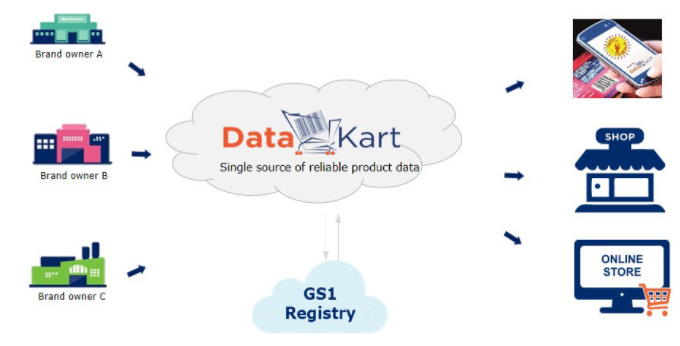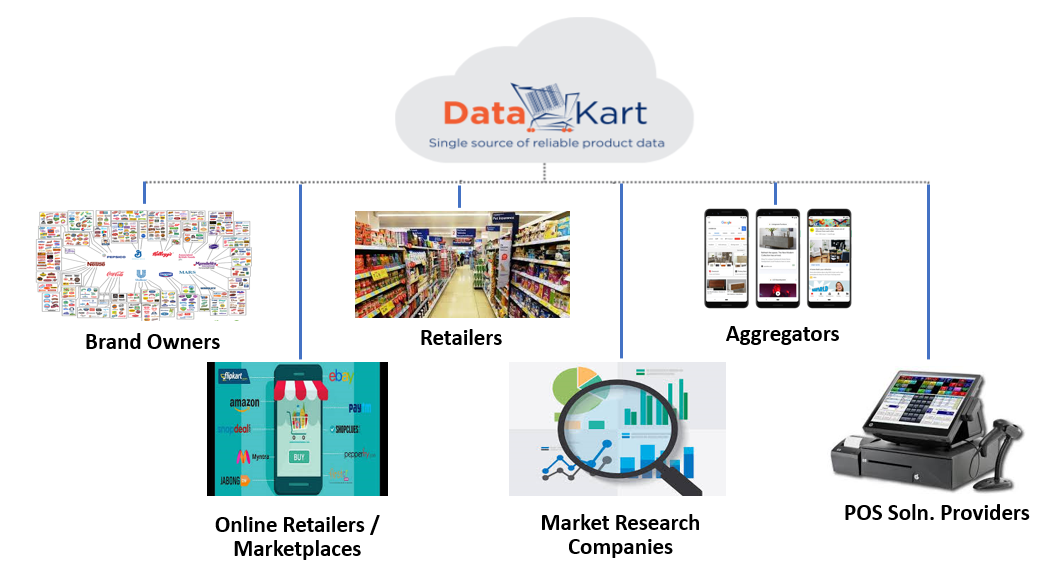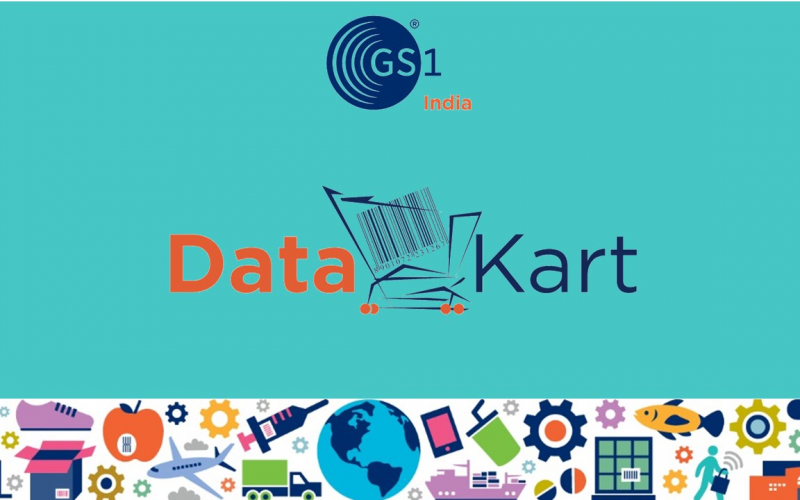GS1 India, a key player in the global GS1 organization, is dedicated to the adoption and implementation of GS1 standards across various industries within India. The organization's mission is to streamline the efficiency and visibility of supply chains through the unique identification of products, services, and entities. Since its establishment, GS1 India has made significant strides in enhancing the trade and supply chain management processes, thereby contributing notably to the global and Indian economies.
MSME Sector Overview
The Micro, Small, and Medium Enterprises (MSMEs) sector in India encompasses a wide range of industries and plays an essential role towards the nation's economic structure due to its substantial contribution to employment generation and GDP. Defined primarily by the amount of investment in plant and machinery, MSMEs are segmented into three categories: Micro, Small, and Medium Enterprises.
- Micro Enterprises are those where the investment does not exceed one crore rupees.
- Small Enterprises have an investment between one crore and ten crore rupees.
- Medium Enterprises are those where the investment ranges between ten crore and fifty crore rupees.
The MSME sector is incredibly diverse, covering various industries such as manufacturing, services, processing, and preservation. It serves not only as a significant employment generator but also as a nursery for entrepreneurship, often driven by innovation and agility. This sector is crucial for achieving inclusive economic growth, providing opportunities for both urban and rural populations, including vulnerable sections of society such as women, lower-income groups, and backward regions, thereby playing a key role in social equity and balanced regional development.
Importance of MSMEs
The significance of Micro, Small, and Medium Enterprises (MSMEs) in the Indian economy cannot be overstated, as they are a fundamental force behind its growth and stability. Contributing significantly to the country's Gross Domestic Product (GDP), MSMEs account for around 30% of India's GDP, showcasing their vital role in the nation's economic fabric. Furthermore, they are a primary source of employment, generating millions of jobs across the country, thus playing a critical role in solving the unemployment issue. MSMEs are also pivotal in India's export sector, contributing around 48% to the total exports. This high contribution underscores their role in diversifying the economic base and promoting balanced regional development. Their inherent agility and innovative capabilities allow them to quickly adapt to market changes and demands, making them indispensable for the country's economic resilience. By fostering entrepreneurship and enabling widespread participation in the economy, MSMEs not only drive industrial growth but also contribute to social stability and inclusive economic development.
Challenges Faced by MSMEs in Sales and Distribution
The sales and distribution landscape for MSMEs is fraught with challenges that significantly hamper their market reach and competitiveness. A primary hurdle is the lack of standardisation, particularly in product identification and barcoding. This deficiency impedes the ability of MSMEs to integrate seamlessly with global supply chains, as standardised barcodes are often a prerequisite for doing business with major retailers and e-commerce platforms. Without these standards, MSMEs face difficulties in ensuring product traceability and authenticity, leading to lower consumer trust and reduced market opportunities.
Moreover, limited market access and visibility further constrain the growth prospects of MSMEs. Many small enterprises struggle to break into larger markets due to the absence of robust marketing strategies and digital presence, which are crucial in the internet-driven consumer landscape. This limited visibility in both physical and digital domains means that MSMEs often cannot reach potential customers, thereby missing out on significant sales opportunities. Together, these factors create a challenging environment for MSMEs, limiting their ability to scale up and compete effectively in both domestic and international markets.
Role of GS1 India in Improving Sales for MSMEs
GS1 India plays a crucial role in mitigating these challenges through the adoption of GS1 standards for barcoding and product identification among MSMEs. This initiative not only enhances product visibility but also ensures compliance with global regulatory standards, facilitating access to new markets both domestically and internationally. Some of the key benefits of using GS1 barcodes are as follows:
-
Faster Listing on E-Marketplaces/Retail Chains: GS1 barcodes enable quick and easy listing of products on major e-marketplaces and retail chains.
-
Meeting Export and Regulatory Requirements: GS1 standards are globally recognised, helping MSMEs meet export and regulatory compliance.
-
Enhanced Consumer Engagement: Through the Smart Consumer app, GS1 barcodes allow consumers to access detailed product information, fostering trust and transparency.
-
Efficiency at Point of Sale (PoS): GS1 barcodes ensure 100% scan efficiency at PoS, reducing errors and enhancing customer experience.
-
Track and Trace Capabilities: This feature facilitates the tracking and tracing of products throughout the supply chain, ensuring authenticity and safety.
-
Integration with Government Platforms: Products can be easily integrated with government platforms like ONDC and GeM, opening up public procurement opportunities.
MSME Schemes Facilitated by GS1 India
GS1 India's concerted efforts to bolster the MSME sector through various schemes and initiatives have marked a significant impact on the growth and efficiency of small enterprises. MSME facilitates financial assistance to Ministry of Micro, Small & Medium Enterprises, and has made it financially viable for micro-enterprises to adopt barcode technology. This crucial step not only aids in compliance with global standards but also enhances the marketability of products on international platforms. Beyond financial aid, GS1 India's comprehensive training programs offer MSMEs the knowledge and skills needed to implement and leverage GS1 standards effectively. These educational initiatives cover a broad spectrum of topics, including barcode generation, digital product catalogue management, and the integration of products with global supply chains.
Furthermore, GS1 India supports technology adoption among MSMEs, guiding them on integrating their product catalogues with government platforms like ONDC and GeM, thus widening their market access. Such success stories underscore the tangible benefits of GS1 India's schemes, illustrating their role in empowering MSMEs to navigate the challenges of the digital economy and global trade environments effectively.
Conclusion
GS1 India plays a pivotal role in empowering MSMEs through standardisation, thereby significantly contributing to their sales improvement and overall growth. The continuous efforts to integrate MSMEs into the global market through standardised practices are crucial for their sustainability and expansion.
Frequently Asked Questions
1. Can GS1 India help MSMEs with product identification and barcoding requirements?
Absolutely, GS1 India plays an important role in assisting MSMEs by providing them with GS1 barcodes and unique identification numbers. This support encompasses the entire process of adopting these identifiers, from initial consultation to implementation, ensuring that products achieve global recognition and compliance. GS1 India's guidance helps MSMEs manage the complexities of product identification, enabling seamless integration into the global marketplace.
2. What specific services does GS1 India offer to assist MSMEs in enhancing their sales?
GS1 India offers an extensive suite of services designed to enhance the sales and visibility of MSME products. These services include the issuance of GS1 barcodes, facilitating unique product identification, and providing traceability solutions. By leveraging these services, MSMEs can significantly enhance their product's visibility to consumers and retailers alike, both locally and internationally, thereby boosting sales and market presence.
3. How does GS1 India address the challenges faced by MSMEs in reaching new markets?
GS1 India addresses these challenges by ensuring that MSMEs adhere to GS1 standards, which are recognised globally. This adherence not only facilitates compliance with international trade requirements but also enhances product visibility in new and existing markets. Through the adoption of GS1 standards, MSMEs can gain entry into previously inaccessible markets, broadening their customer base and increasing their potential for growth.
4. What role does GS1 India play in helping MSMEs comply with regulatory standards?
GS1 India is instrumental in aiding MSMEs to meet various regulatory standards through the provision of standardised labeling, packaging, and traceability solutions. This assistance ensures that MSMEs can navigate the regulatory landscape efficiently, reducing the risk of non-compliance and facilitating smoother market access. The standardisation provided by GS1 India is key to building trust with consumers and regulators alike, paving the way for broader market acceptance.
5. Are there any financial benefits for MSMEs in adopting GS1 standards through GS1 India?
Yes, there are significant financial benefits for MSMEs that adopt GS1 standards through GS1 India. The implementation of these standards leads to improved operational efficiency, reduced errors, and streamlined supply chain management. These improvements can result in cost savings and enhanced revenue opportunities as products become more accessible to larger markets and are easier for consumers to identify and trust.
6. What are the eligibility criteria for MSMEs to access support programs or schemes facilitated by GS1 India?
The eligibility criteria for MSMEs to access support programs or schemes facilitated by GS1 India typically require the enterprise to be registered in India as an MSME. The specific criteria may vary depending on the particular program or scheme, including aspects such as the nature of the business, the sector it operates within, and the type of support being sought. GS1 India aims to ensure that a wide range of MSMEs can benefit from its services, thereby fostering inclusivity and growth across the sector.








